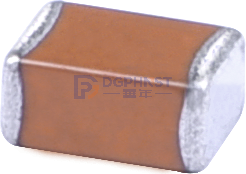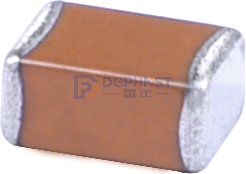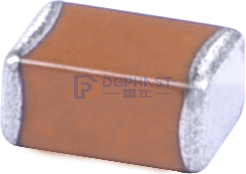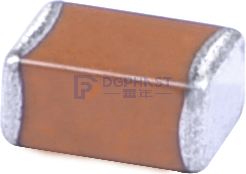List of Chip Capacitor Selection and Purchase Address: Click on the image to enter
hnstshop.com/product-list/C-C-p1.html" target="_blank" rel="noopener">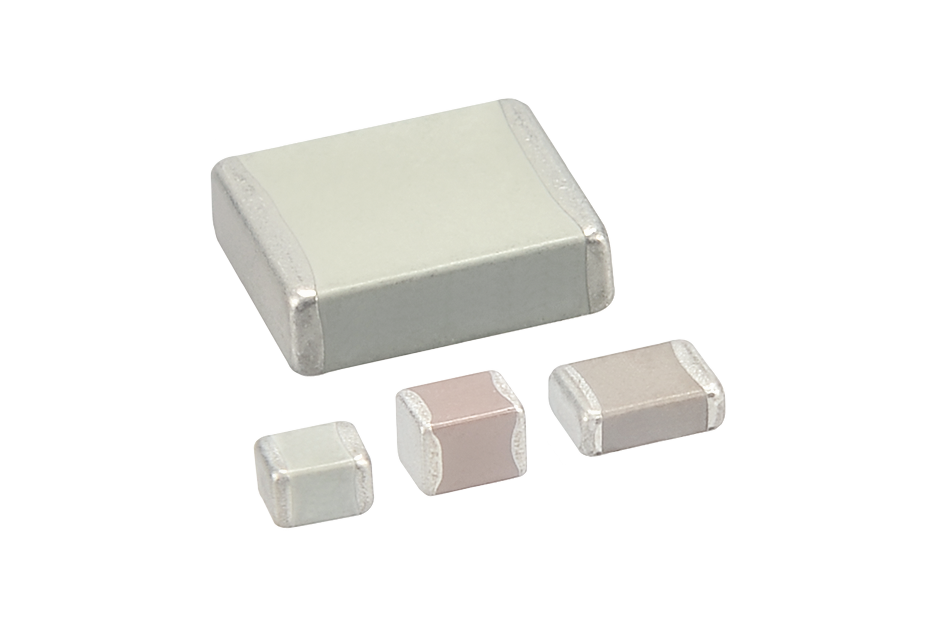
What is the function of chip capacitors?
Chip capacitors are a common electronic component widely used in electronic devices. It has a smaller volume and weight, and can provide stable capacitive performance, making it widely used in various circuits. The function of patch capacitors is to store and release charges, regulate voltage and current, and filter and isolate signals. This article will provide a detailed introduction to the working principle and application of chip capacitors.
Working principle of chip capacitors:
A patch capacitor consists of two electrodes and a dielectric, with the electrodes made of metal foil or conductive material and the dielectric typically being an insulator. When voltage is applied to the chip capacitor, charges are stored between the two electrodes, forming an electric field. The size of this electric field depends on the size of the capacitor and the applied voltage. When the voltage changes, the charge will move between the electrodes, thereby changing the strength of the electric field. Chip capacitors can store and release charges as needed to achieve various functions of the circuit.
Application field of chip capacitors:
Chip capacitors have a wide range of applications in electronic devices. The following are some common application areas:
2.1 Power filtering
Chip capacitors can be used as filters in power circuits. The function of a filter is to remove noise and interference from the power supply, providing stable voltage and current. Chip capacitors can smooth power signals by storing and releasing charges, reducing voltage fluctuations and noise. This helps to protect other electronic components from power interference.
2.2 Coupling and winding
Chip capacitors can be used in coupling and winding circuits. Coupling refers to the transmission of the output signal of one circuit to another circuit. Chip capacitors can be used as coupling capacitors to transmit signals to the next level of amplifier or filter. A winding refers to the transmission of current into a coil or inductor. Chip capacitors can be used as winding capacitors to provide stable current transmission.
2.3 High frequency and RF circuits
Chip capacitors also play an important role in high-frequency and RF circuits. High frequency circuits typically require stable capacitors to filter out high-frequency noise. Chip capacitors can provide high-frequency filtering function, making the signal clearer and more stable. RF circuits typically require matching capacitors to adjust the impedance of the circuit to achieve optimal signal transmission.
2.4 Signal coupling and decoupling
Chip capacitors can be used in signal coupling and decoupling circuits. Signal coupling refers to the transmission of input signals from one circuit to another circuit. Chip capacitors can be used as coupling capacitors to transmit input signals to the next level of the circuit. Signal decoupling refers to separating noise and interference in a circuit to maintain signal clarity and stability. Chip capacitors can achieve signal decoupling through filtering and isolation functions.
Chip capacitors are important electronic components that have the functions of storing and releasing charges, regulating voltage and current, filtering and isolating signals. It is widely used in fields such as power filtering, coupling and winding, high-frequency and RF circuits, and signal coupling and decoupling. The small size and weight of SMD capacitors make them an ideal choice for electronic devices. By understanding the working principle and application of chip capacitors, we can better understand the circuits and functions in electronic devices, and provide guidance for related design and maintenance.

